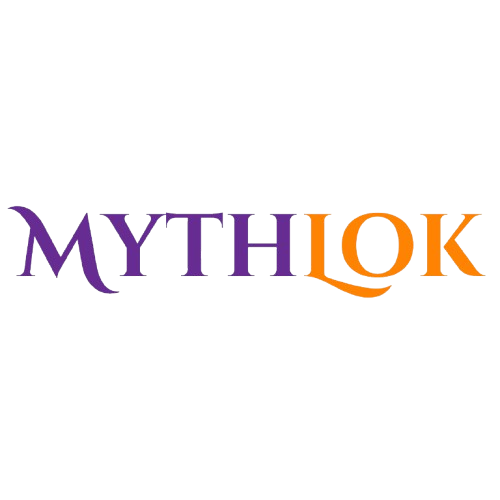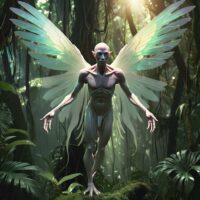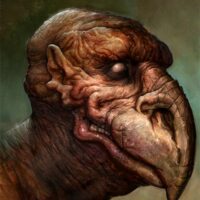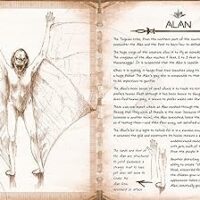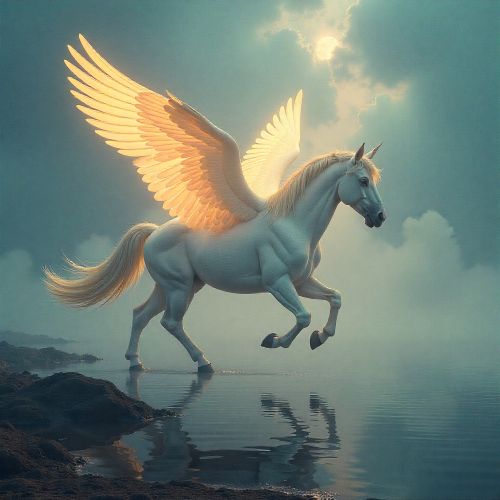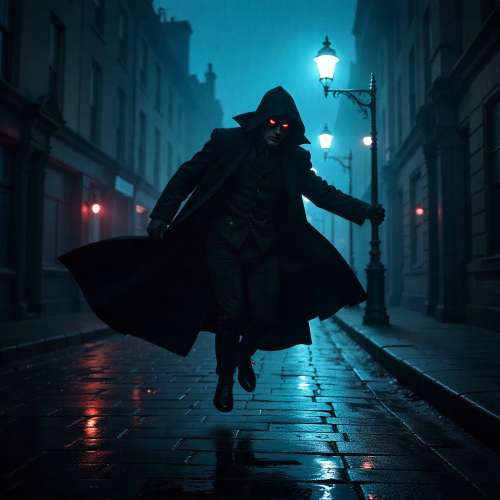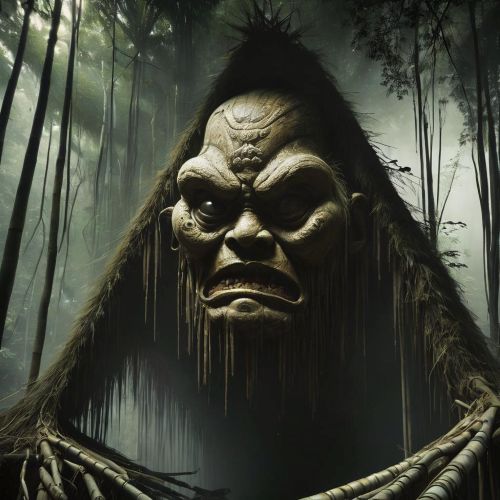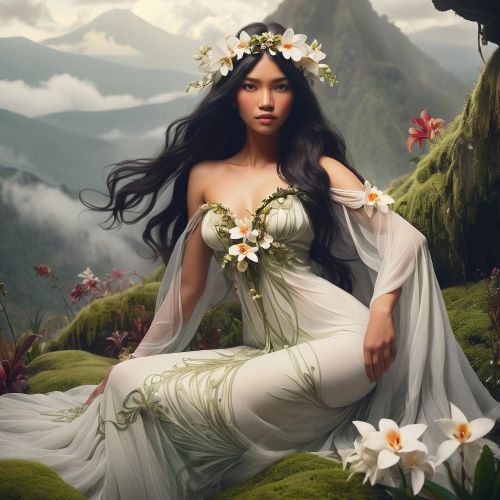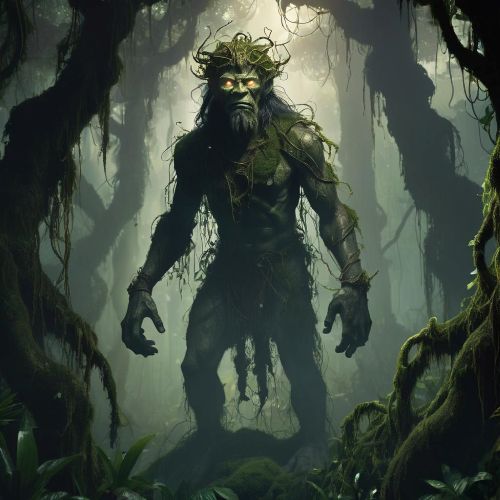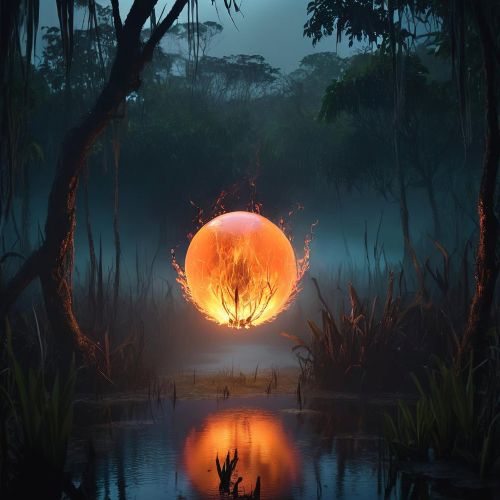Alan : The Deformed Spirit
Listen
At a glance
| Description | |
|---|---|
| Origin | Philippine Mythology |
| Classification | Spirits |
| Family Members | N/A |
| Region | Philippines |
| Associated With | Magic, Flight, Illusions |
Alan
Introduction
The Alan is a fascinating figure in Philippine mythology, rooted in the oral traditions of the Tinguian people from northern Luzon. Mysterious, eerie, and oddly nurturing, the Alan blurs the line between monstrosity and motherhood. These winged spirits are not evil or threatening in the conventional sense but represent an unusual force of creation and care. Dwelling deep in enchanted forests near natural springs, they are said to live in opulent houses made of gold and precious stones, hidden from human eyes. Their presence reflects the indigenous worldview that respects nature’s balance, sees potential in discarded things, and reveres life in all its forms. As guardians of the liminal, the Alan are woven into tales that emphasize regeneration, protection, and the transformation of what is often left behind.
Physical Traits
The Alan’s physical form is as captivating as their mythology. These beings are often depicted as winged humanoids with a haunting blend of human and avian characteristics. Most notably, their fingers and toes point backward, marking them unmistakably as otherworldly. Their wings, described as large and leathery—sometimes shimmering like those of a bat or a bird—allow them to glide silently through the forest canopy. With skin said to be as tough as carabao hide and facial features that may appear pallid or unsettling, they defy conventional beauty yet evoke a strange elegance. Alan are frequently portrayed as hanging upside down from trees, resembling bats at rest, which contributes to their eerie allure. This physical inversion of the norm—upside-down sleep, backward extremities—underscores their role as liminal beings, existing on the threshold between the natural and the supernatural.
Family
Unlike most mythical creatures whose stories revolve around conflict or conquest, the Alan’s legends center around care and creation. They are known for a unique form of family-making. These spirits do not reproduce in the conventional sense. Instead, they collect reproductive remnants such as menstrual blood, afterbirth, and even miscarried fetuses—biological materials typically discarded or viewed as waste. Using their magical powers, they transform these substances into human children, whom they raise lovingly in their luxurious hidden homes. This act of turning biological castoffs into life is not merely magical—it is deeply symbolic. It reflects a cultural understanding that sees potential and sacredness in what others deem worthless. The Alan, in this way, serve as caretakers of lost possibilities, ensuring that even forgotten life is not lost but transformed and given purpose.
Other names
Throughout Philippine folklore, the Alan is primarily referred to by this singular name, though variations in spelling and interpretation exist. In some older sources or regional retellings, the Alan may be mistakenly conflated with beings such as the “Aran,” though the Alan has since been clearly distinguished by its characteristic traits and mythological function. In contemporary interpretations, they are sometimes called “Filipino Harpies,” drawing a loose parallel to the Greek Harpies due to shared features like wings and their connection to the air. However, while the Greek Harpies are typically malevolent and associated with punishment, the Alan’s role is more nurturing and constructive, making the comparison superficial at best. In modern mythological classifications, they may also appear under names like “Alan Harpy” or “Male Harpy,” though these terms are more indicative of their aesthetic parallels than their actual folklore roles.
Powers and Abilities
The Alan are defined by their supernatural yet non-aggressive powers. Their ability to fly enables them to move silently through dense forests, appearing and disappearing without warning. More intriguingly, they possess transformation magic, which allows them to convert reproductive remnants into living human infants. This miraculous form of creation is a central feature of their mythology and sets them apart from most other creatures in the Filipino pantheon. Additionally, they may wield minor illusions to hide themselves or their luxurious homes from human sight. Some tales hint at healing capabilities, suggesting that their nurturing extends to more than just raising children—they also care for and protect the vulnerable. Despite their unsettling appearance, the Alan are not predators in the traditional sense. Instead, they are keepers of life, using their gifts to give second chances and to nurture what others have abandoned.
Modern Day Influence
In the contemporary landscape, the Alan do not enjoy the same pop culture fame as other mythological figures, but their legacy remains significant, especially in academic and cultural circles. In folklore studies, they serve as powerful examples of how indigenous peoples view life, death, and rebirth. Their mythology is taught in universities exploring Philippine oral traditions, gender roles in myth, and ecological symbolism. Artists and writers occasionally revisit Alan stories, using them to explore themes of transformation, motherhood, and environmental consciousness. The concept of turning waste into life resonates with modern movements that promote sustainability and the circular economy. As guardians of discarded life, the Alan symbolize a counter-narrative to consumerist culture’s obsession with productivity and perfection. In this sense, they are uniquely relevant to contemporary concerns about care, value, and what society chooses to overlook.
In communities that still uphold traditional beliefs, particularly among the Tinguian people, the Alan remain part of cultural identity and ancestral storytelling. Their stories are not merely entertainment but moral guides that highlight the sacredness of nature and the unseen forces that dwell within it. As interest in indigenous cultures and their mythologies grows, the Alan offers a narrative that is at once strange, tender, and powerfully human.
Related Images
Source
Alan – Creatures of myth Wiki – Fandom. (2008, January 1). Retrieved from https://creatures-of-myth.fandom.com/wiki/Alan
Alan | Warriors Of Myth Wiki – Fandom. (n.d.). Retrieved from https://warriorsofmyth.fandom.com/wiki/Alan
Alan (legendary creature) – Wikipedia. (n.d.). Retrieved from https://en.wikipedia.org/wiki/Alan_(legendary_creature)
Alan | Offbeat Folklore Wiki – Fandom. (n.d.). Retrieved from https://offbeatfolklore.fandom.com/wiki/Alan
Alan – Philippine Spirits. (2018, December 30). Retrieved from http://www.philippinespirits.com/alan/
alan | Facts, Information, and Mythology – Encyclopedia Mythica. (2000, January 17). Retrieved from https://www.pantheon.org/articles/a/alan.html
ALAN, the deformed humanoid/avian Creature of the Philippines. (2016, July 16). Retrieved from https://www.aswangproject.com/alan-deformed-humanoid-avian-creature-philippines/
Frequently Asked Questions
What is lorem Ipsum?
I am text block. Click edit button to change this text. Lorem ipsum dolor sit amet, consectetur adipiscing elit. Ut elit tellus, luctus nec ullamcorper mattis, pulvinar dapibus leo.
What is lorem Ipsum?
I am text block. Click edit button to change this text. Lorem ipsum dolor sit amet, consectetur adipiscing elit. Ut elit tellus, luctus nec ullamcorper mattis, pulvinar dapibus leo.
What is lorem Ipsum?
I am text block. Click edit button to change this text. Lorem ipsum dolor sit amet, consectetur adipiscing elit. Ut elit tellus, luctus nec ullamcorper mattis, pulvinar dapibus leo.
What is lorem Ipsum?
I am text block. Click edit button to change this text. Lorem ipsum dolor sit amet, consectetur adipiscing elit. Ut elit tellus, luctus nec ullamcorper mattis, pulvinar dapibus leo.
What is lorem Ipsum?
I am text block. Click edit button to change this text. Lorem ipsum dolor sit amet, consectetur adipiscing elit. Ut elit tellus, luctus nec ullamcorper mattis, pulvinar dapibus leo.

